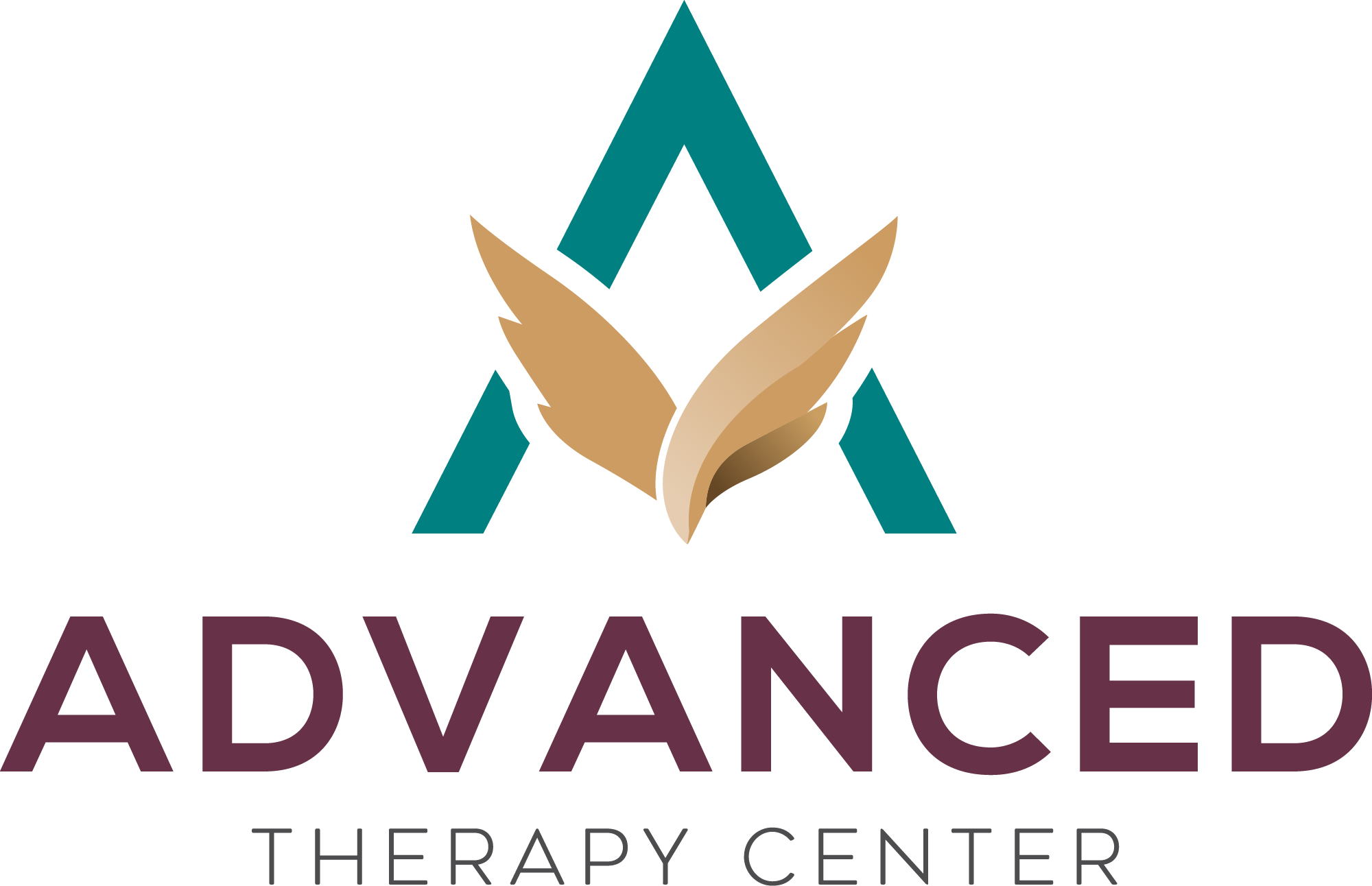Understanding the Impact of Trauma on the Brain and Body
When we experience trauma, our brain and body undergo profound changes designed to protect us from future harm. The trauma brain impact creates lasting alterations in how our nervous system processes safety, threat, and emotional experiences. These changes aren’t weaknesses—they’re intelligent adaptations that helped us survive difficult circumstances.
Trauma survivors often find themselves caught between two primary states:
1. Hyperarousal
Hyperarousal manifests as:
- Constant vigilance and scanning for danger
- Racing thoughts and difficulty concentrating
- Physical tension, rapid heartbeat, or sleep disruption
- Intense emotional reactions to seemingly minor triggers
2. Shutdown response
Shutdown response appears as:
- Emotional numbness or disconnection
- Fatigue and difficulty accessing energy
- Feeling “frozen” or unable to take action
- Dissociation from thoughts, feelings, or physical sensations
The brain’s survival-focused rewiring often makes joy feel dangerous or inaccessible. When our nervous system remains on high alert, positive emotions can feel threatening because they require us to lower our guard. This creates a protective barrier against joy—not because we’re broken, but because our brain prioritizes survival over pleasure.
Understanding this neurobiological reality helps normalize the struggle many trauma survivors face when trying to reconnect with positive emotions and experiences. However, it’s important to know that there are effective resources available for trauma recovery. For instance, trauma treatment in Massachusetts offers comprehensive outpatient treatment and psychiatric day treatment for trauma-related disorders which can significantly aid in the healing process.
The Role of Joy in Healing Trauma
When we feel true happiness, our brains go through amazing changes that help undo the harm caused by trauma. This process involves the release of powerful chemicals in our brains—dopamine, serotonin, and oxytocin—that work to repair the pathways in our nervous system that were damaged by traumatic stress. These chemicals don’t just temporarily relieve pain; they actually create new connections in our brains that promote resilience and emotional stability.
How Joy Signals Safety to Our Bodies
Joy serves as a strong message of safety to our bodies when it comes to healing trauma. Unlike the constant state of alertness required during times of stress or fear, moments of genuine joy tell our nervous system that we no longer need to prioritize immediate survival. This shift in our body’s biology allows us to redirect energy away from defensive actions and towards healing processes.
The Impact of Joy on Our Nervous System
During joyful experiences, a key nerve in our body called the vagus nerve becomes more active. This nerve is responsible for promoting calmness and connection. When the vagus nerve is activated:
- The production of cortisol (a stress hormone) and inflammatory responses decreases
- Our heart rate variability improves, which helps us adapt emotionally
- The part of our brain that controls fear (the amygdala) is regulated by another area called the prefrontal cortex
- Our ability to learn and adapt increases through a process called neuroplasticity
How Joy Rewires Our Brains
Each time we experience genuine joy, it has a direct impact on our brains. Neuroscientists refer to this as “positive neuroplasticity,” where new connections are formed in response to positive experiences. Over time, these new patterns become stronger with repetition and gradually replace the rigid survival mechanisms associated with trauma.
Seeking Professional Help for Healing
To support this process and make the most of joy’s potential in healing trauma, it can be extremely helpful to seek professional assistance. Comprehensive mental health treatment options can offer valuable resources and support on your journey towards recovery and well-being.
Building Mental Resilience Through Small Moments of Joy
The path to healing doesn’t require grand gestures or monumental shifts. Small joys in daily life serve as powerful resilience building strategies that accumulate over time, creating a foundation of strength that supports your recovery journey. These micro-moments of pleasure work quietly in the background, rebuilding your capacity to navigate life’s challenges.
The Pressure to Feel “Better”
When trauma has disrupted your nervous system, the pressure to feel “better” can become overwhelming. The beauty of cultivating small moments lies in their gentle nature—there’s no expectation to feel profound happiness or achieve specific emotional milestones. Instead, these experiences might include:
- Savoring the warmth of morning sunlight on your skin
- Noticing the texture of a favorite blanket
- Listening to a song that brings a subtle smile
- Watching clouds drift across the sky
- Enjoying the aroma of freshly brewed coffee
How Small Moments Help Heal
How Joy Is a Trauma Tool becomes evident through these seemingly simple practices. Each moment of gentle pleasure sends signals to your nervous system that safety exists in the present moment. Your brain begins to recognize that not every experience needs to be filtered through a lens of threat or hypervigilance.
These small deposits of joy enhance your mental resources by creating neural pathways that support emotional regulation. When stress arises, your mind can access these positive experiences as reference points, reminding your system that peace and pleasure are possible even after trauma.
When Small Moments Aren’t Enough
However, it’s essential to acknowledge that while these small moments are beneficial, they may not always be sufficient for everyone. In such cases, seeking professional help can provide additional support and guidance. At Advanced Therapy Center, we offer comprehensive treatment for various mental health conditions, using evidence-based therapies for personalized care.
If you’re feeling lost or overwhelmed and need assistance finding your path to wellness, we provide a variety of therapy options designed to help you achieve mental well-being. Our team is dedicated to offering personalized care tailored to manage and overcome mental health challenges, leading you towards a healthier and more fulfilling life.
For those looking for additional resources in Medford, MA, our website offers a comprehensive guide on mental health resources, including therapy options, support groups, and essential services near you. If you wish to reach out for more information or schedule an appointment, please don’t hesitate to contact us.
Nurturing Joy in Childhood Trauma Recovery: The Power of Play
Childhood trauma recovery through play therapy offers a unique pathway back to joy, allowing young minds to heal through their most natural form of expression. When children experience trauma, their capacity for spontaneous joy often becomes buried beneath layers of hypervigilance and emotional protection. Play therapy creates a safe container where these buried emotions can surface and transform.
The Role of Dramatic Play
Dramatic play serves as a powerful vehicle for children to re-access joy after trauma. Through role-playing scenarios, children can experiment with different outcomes, practice feeling safe, and gradually rebuild their connection to positive emotions. A child who has experienced domestic violence might create elaborate storylines where the “superhero” always wins, slowly rewiring their nervous system to believe in safety and protection.
Symbolic Representation of Emotions
The symbolic representation of emotions through play becomes particularly profound in trauma recovery. Children naturally use toys, art, and imaginative scenarios to process experiences too overwhelming for words:
- Dolls and action figures become vessels for working through complex family dynamics
- Sand tray therapy, a method that allows for the creation of safe worlds where healing can occur, is an excellent example of this symbolic processing. You can learn more about its effectiveness in this article.
- Art and movement provide non-verbal outlets for expressing trapped emotions
This symbolic processing helps children develop emotional vocabulary while maintaining the psychological distance necessary for safe exploration. The playful context transforms potentially triggering material into manageable, even joyful experiences that promote genuine healing and resilience.
Community Healing Through Shared Joyful Experiences
Trauma rarely exists in isolation—it ripples through families, neighborhoods, and entire communities. Community healing from collective trauma requires intentional spaces where people can reconnect with one another and rediscover joy together. These shared experiences become powerful catalysts for rebuilding what trauma has fractured.
Community spaces that prioritize joy create unique opportunities for healing:
- Cultural celebrations that honor heritage and identity
- Community gardens where neighbors collaborate and witness growth
- Art workshops that allow creative expression without judgment
- Music gatherings that unite voices and hearts
- Volunteer initiatives that restore purpose and connection
When communities come together in joyful activities, something profound happens. The nervous system begins to recognize safety through the presence of others who share similar experiences. Collective joy becomes a form of co-regulation, where individual healing amplifies through group connection.
These shared moments rebuild trust gradually. A grandmother teaching traditional recipes to neighborhood children. Families dancing at a block party. Teenagers creating murals that tell their community’s story. Each interaction weaves new threads of resilience into the social fabric.
The beauty of community healing from collective trauma lies in its reciprocal nature—as individuals heal, they contribute to community strength, which then supports more individual healing. Joy becomes both the medicine and the messenger, signaling to entire communities that safety, connection, and hope remain possible.
Practical Strategies for Incorporating Joy into Your Trauma Recovery Journey
Integrating practical joy strategies for self-care into your healing process doesn’t require grand gestures or perfect moments. Understanding how joy is a trauma tool begins with recognizing that small, intentional practices can create profound shifts in your nervous system’s capacity for safety and connection.
Mindful Joy Practices
Start with micro-moments of awareness throughout your day. Notice the warmth of sunlight on your skin, the taste of your morning coffee, or the sound of laughter in the distance. These brief encounters with present-moment awareness help your brain recognize safety signals and build new neural pathways associated with positive experiences.
Creative Expression and Hobbies
Engaging in creative activities—whether painting, gardening, cooking, or music—activates parts of your brain that trauma often suppresses. These activities provide:
- Sensory engagement that grounds you in the present
- Flow states that naturally regulate your nervous system
- Accomplishment that rebuilds your sense of agency
Gentle Social Connections
Begin with low-pressure social interactions that feel manageable. This might include:
- Sharing a meal with a trusted friend
- Joining a hobby group or class
- Volunteering for causes you care about
- Participating in community activities
Each positive social experience helps rewire your brain’s understanding of relationships and safety, creating a foundation for deeper healing and sustained joy.
Overcoming Barriers to Experiencing Joy After Trauma
The path to rediscovering joy after trauma often feels blocked by invisible walls of fear and resistance. These trauma barriers to joy aren’t character flaws—they’re protective mechanisms your nervous system developed to keep you safe.
Common Emotional Barriers
Fear of vulnerability ranks among the most significant obstacles. Joy requires us to open our hearts, which can feel terrifying when trauma has taught us that openness leads to pain. Many survivors worry that experiencing happiness means dropping their guard, leaving them exposed to future harm.
Survivor’s guilt creates another powerful barrier. You might feel undeserving of joy, especially if others in your life are still struggling or if you’ve lost someone important. This guilt whispers that happiness somehow dishonors your pain or the pain of others.
Fear of impermanence can make joy feel dangerous. When trauma has shown you how quickly good things can disappear, allowing yourself to feel happy might seem like setting yourself up for inevitable disappointment.
Gentle Approaches to Healing
Start by acknowledging these barriers with compassion rather than judgment. Your resistance to joy made sense at one time—it protected you. Now, you can slowly teach your nervous system that it’s safe to experience lightness again.
Consider working with a trauma-informed therapist who understands these complex dynamics and can guide you through this delicate process of reclaiming your capacity for joy.
Start by acknowledging these barriers with compassion rather than judgment. Your resistance to joy made sense at one time—it protected you. Now, you can slowly teach your nervous system that it’s safe to experience lightness again.
Consider working with a trauma-informed therapist who understands these complex dynamics and can guide you through this delicate process of reclaiming your capacity for joy.





